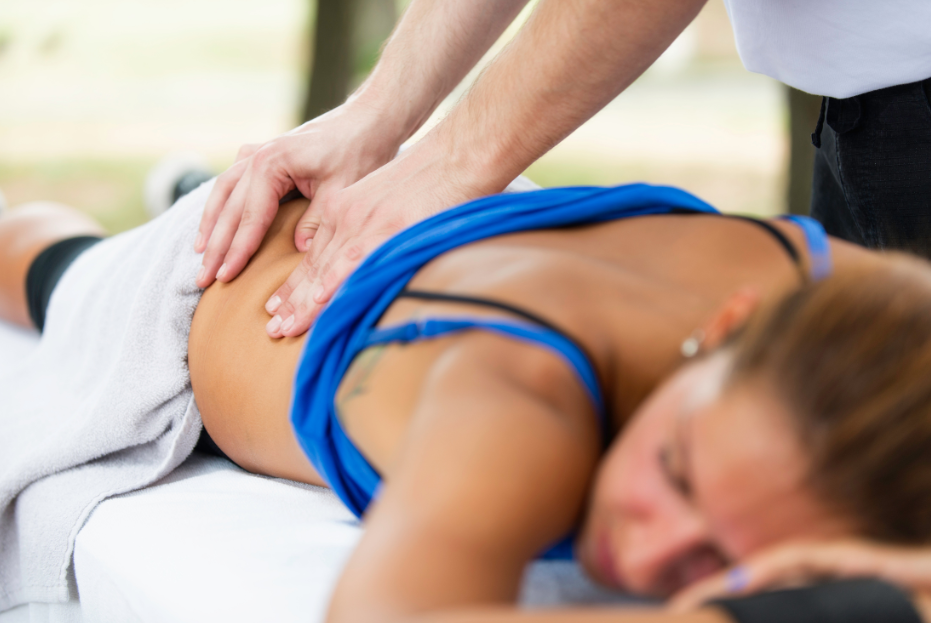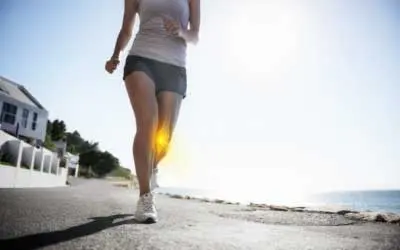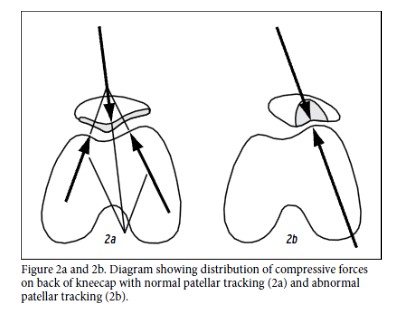
Just roll with it…DIY Sports Massage for Runners
How to get the best out of your foam roller this marathon season….

With the marathon drawing ever closer, high volumes of training will be leading to better times and improved performance. However, with this increased recent training load comes a build‐up of stress on the body, muscles and joints.
Very simply put, physios and soft tissue therapists use their hands to apply mechanical forces to the muscle tissues. The aim of this is to promote tissue health, improve flexibility, clear waste products, and breakdown and improve the alignment of scar tissue. This mechanical force can also be used to ease tight nodules in the muscles known as ‘trigger points’ or ‘knots’ that can often be a source of local or referred pain in the musculoskeletal system.
While many people may have the resources to get this treatment done by a professional, the rest of us weekend warriors do have another effective option at our disposal…… ‘Self Myofascial Release’ better known as, ‘Foam Rolling’.
Foam rolling has quickly become a staple in training programs worldwide, from elite sports teams who use it as part of their warm‐up before training sessions, to individuals who just want to use it to improve flexibility or relieve pain from high volumes of training or being desk bound at work. Unfortunately there is still a dearth of research in existence to back up its effects but its wide use in professional sport is testament to the benefits it can have in a real clinical setting.
What should I use?
Rollers of various densities and diameters are available today. Beginners will generally need to start with the softer, larger diameter foam roller as this will be more tolerable at first. Having used this for a while and as your tissue quality improves; denser, firmer options will be needed to continue to be as effective. These can be hollow rollers such as The Grid TM (below) with a tough plastic tubing covered by a softer foam. As some of these options can be expensive, the DIY crowd can make their own by getting some PVC piping from their local hardware store and wrapping it in a Pilates style matt!!

One final option for targeting very specific areas such as the underside of the foot or the glute is a tennis ball. When this becomes easy then it can be progressed to using a cricket ball as it is denser and will increase the force applied to the tissue.
How long do I spend rolling?
There is no hard and fast rule for this as it largely depends on the quality of your muscle tissue to begin with. If you are just starting out there is every chance that your tissue quality will be poor or so you will need to do it more, but as this improves and you become more familiar with the techniques and targeting problem areas, the amount of time you’ll have to spend on the roller will decrease. A general guide would be to spend one or two minutes on a given area such as one calf muscle for example and just increase that if some areas are particularly tight (go easy at first as this may cause some muscle soreness initially if too much pressure is applied). Obviously the key is to spend most time on the tightest tissues.
It is worth noting that as this is a method of making the muscle tissue more supple and less dense, this is a fantastic time to get some stretching in directly after rolling to optimise tissue length and flexibility. Spending 30 seconds on each stretch will give the best chance of increasing muscle length.
So how do I target specific muscle groups?
Targeting specific areas is all about positioning and using your own body weight to create the force needed to press on certain ‘trigger points’ and to roll out adhesions and tight areas effectively. In order to expose certain knots as in the glutes for example, putting the muscle on gentle stretch will greatly improve your ability to locate and treat problem areas.
When rolling one area such as the IT band for example, you may feel some referral in other areas such as down the outside of your leg. This is normal and just means that you are rolling on an ‘active’ trigger point. If the sensation is too unpleasant, just ease off on the pressure.
Glutes and piriformis

Sit on the roller and go into a stretch position for the glute. For the right side, put your right foot up on your left knee, using your right hand to support your weight behind. Let your weight onto the roller as you roll back and forth tilting your pelvis and finding different tight areas.
IT Band

Lie with the side of your thigh resting on the foam roller with the roller perpendicular to your body. Use your hands and the non‐involved leg to support you, and adjust the amount of body weight that you can comfortably tolerate. Then roll your leg up and down the roller focusing on the upper third of the ITB, then the middle third and so on, all the while locating and targeting knots.
Quads

Perhaps one of the most simple to areas to target, simply lie on your front with your quads on the roller. Again your body weight will immediately flag up tight areas of the quad that you may not have known about before. Similar to the IT band focus on the area 1 third at a time and rotate slightly every now and then to expose the sides of the muscle also.
Hamstrings
The hamstrings tend to be a deeper group of muscles so you may have to apply more weight to target areas of this. Lie with your hamstrings on the roller, support yourself with your hands and roll and rotate on small areas at a time to effectively improve tissue density. Just cross a leg to increase the pressure.

Groin (adductors muscles)

This is the trickiest area to treat as it is difficult to apply enough pressure. As shown, try to have the roller perpendicular to the thigh, and shift your weight onto the roller.
Calves

While this can be a sensitive area at first, it can improve well with enough attention. Both calves can rest on the roller at first. When more pressure is needed, simply rest one leg on the other to increase the weight going through the target area. For more specific points a tennis ball or lacross ball can also be used.
Peroneals and Tibialis Anterior (shin muscles) Identical to rolling the IT band but just lower down. Alternatively you can also roll on a tennis/cricket ball to target more specific areas.

Plantarfascia (sole of foot)
This is where the tennis ball or golf ball comes into its own. Simply apply pressure through the underside of the foot onto the ball and roll around to expose tight areas. Again take it one bit at a time and apply as much pressure for a strong but comfortable treatment sensation. The effects of a minute or two of treatment can be felt immediately when taking a few steps with bare feet as the foot will be left feeling much looser and supple. If you think you are suffering from plantar fascitis then rolling your foot on a frozen bottle of water can provide some soothing pain relief but again only apply as much pressure as is comfortable.
So that ends this particular blog on rolling. At the end of the day, while no roller can out do the hands of a physio or other hands-on therapist, a good rolling and stretching regime can be of enormous benefit to your training overall while decreasing your chances of injury further down the line. It may not be the most comfortable at first, but it will have you feeling and moving better within weeks.
For any further info or advice don’t hesitate to give us a call or pop in for a chat.
In the run up to the London Marathon we are hosting an Express Massage Week from 15-19th April
Enjoy a 30 minute sports massage for £38 (usually £45). Book Online HERE
Or Get in Touch: 01276 916346 Email: info@physicahealth.co.uk




